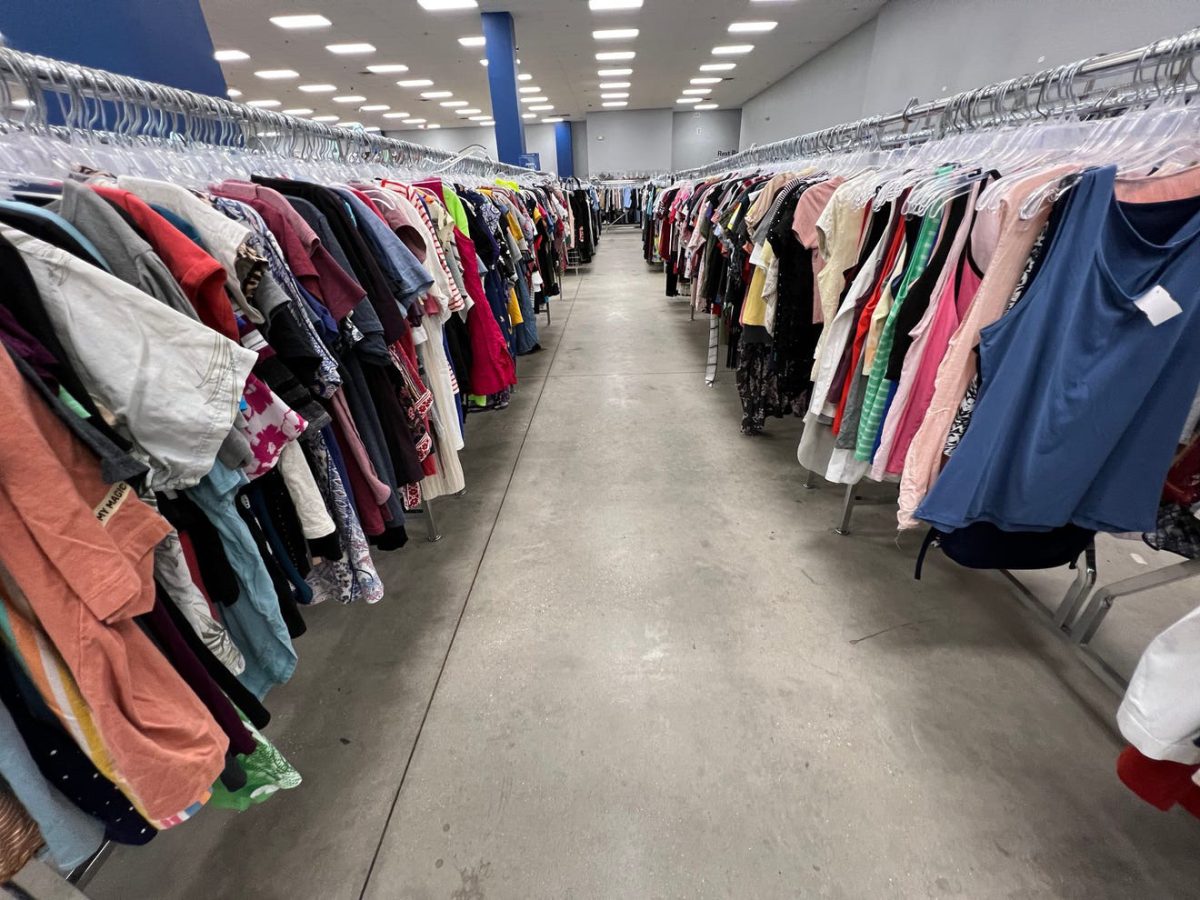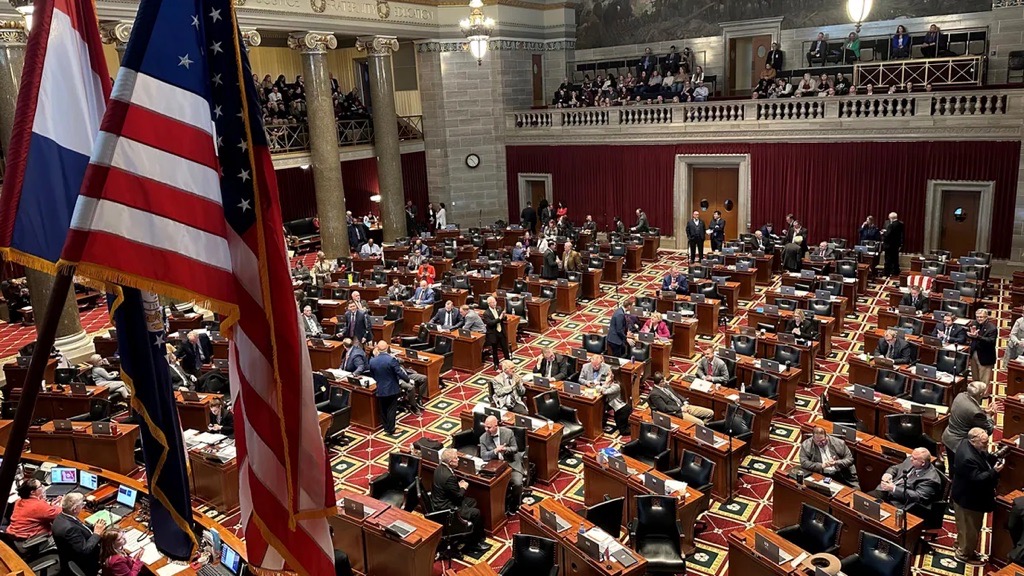Thrift store shopping has seen a notable upsurge in popularity in recent years. What was formerly thought of as a cheap, and frowned upon way to get clothes, has evolved into a fashionable and ethical trend. Although this abrupt change in consumer behavior has been advantageous in certain ways, it has also had unexpected effects on the costs of thrift shop goods, as well as the rise in resellers.
One of the most significant benefits of thrift store shopping is the normalization of wearing secondhand clothes. In the past, stigmas associated with secondhand clothes may have prevented some people from buying it, or made people ashamed. However, thrift stores are seeing an increase in popularity, making used clothing a popular choice. This advancement promotes a sustainable lifestyle, and lessens the environmental impact of fast fashion, while enabling people to express their distinctive style.
In terms of costs, thrifting’s rising popularity is a double-edged sword. The rising demand has caused some thrift stores’ prices to rise, deterring some shoppers on a tight budget. As thrift stores become more profitable, they could raise their pricing to reflect the increased market demand, and perceived worth of used goods, though this is not entirely necessary for most corporations.
“Goodwill already makes a massive profit, and because no other un-curated thrift places are that expensive, it really doesn’t make sense. Also, oftentimes the prices at Goodwill are more expensive, if not double the prices of similar items at Walmart.” Senior Evie Gholson said.
Price fluctuations may have resulted from the growing popularity of thrift stores, but it has also had an effect on individuals, who depend on these stores for necessities. Thrift stores are a cost-effective choice for those on fixed incomes, college students, and low-income folks. Price increases may make it more difficult for them to get inexpensive apparel, and other items.
“Instead of things being like 2-6$ for clothes, it’s now 8-12$. Goodwill used to be the most affordable, because they did not select their clothing, but now places that do filter/select their clothing, so it’s more curated are usually less expensive. Now the cheaper options are Plato’s Closet, Revolve, etc, while logically, it should be Goodwill and other non-curated stores,” Gholson said.
Although the growing popularity of secondhand stores has both advantages and disadvantages, it’s critical to recognize the improvements this trend has brought about. Notable developments include the acceptance of vintage clothing, and the change in consumer consciousness toward responsible consumerism. However, other people would not be able to afford inexpensive apparel due to the anticipated price increase. Communities should band together to support accessible secondhand store options, and keep promoting an inclusive, and sustainable culture in the fashion industry in order to address this issue.







